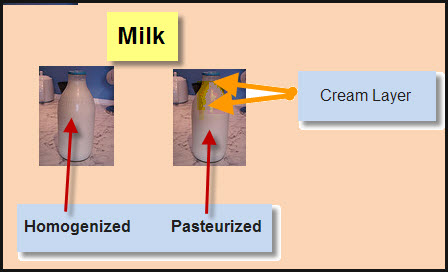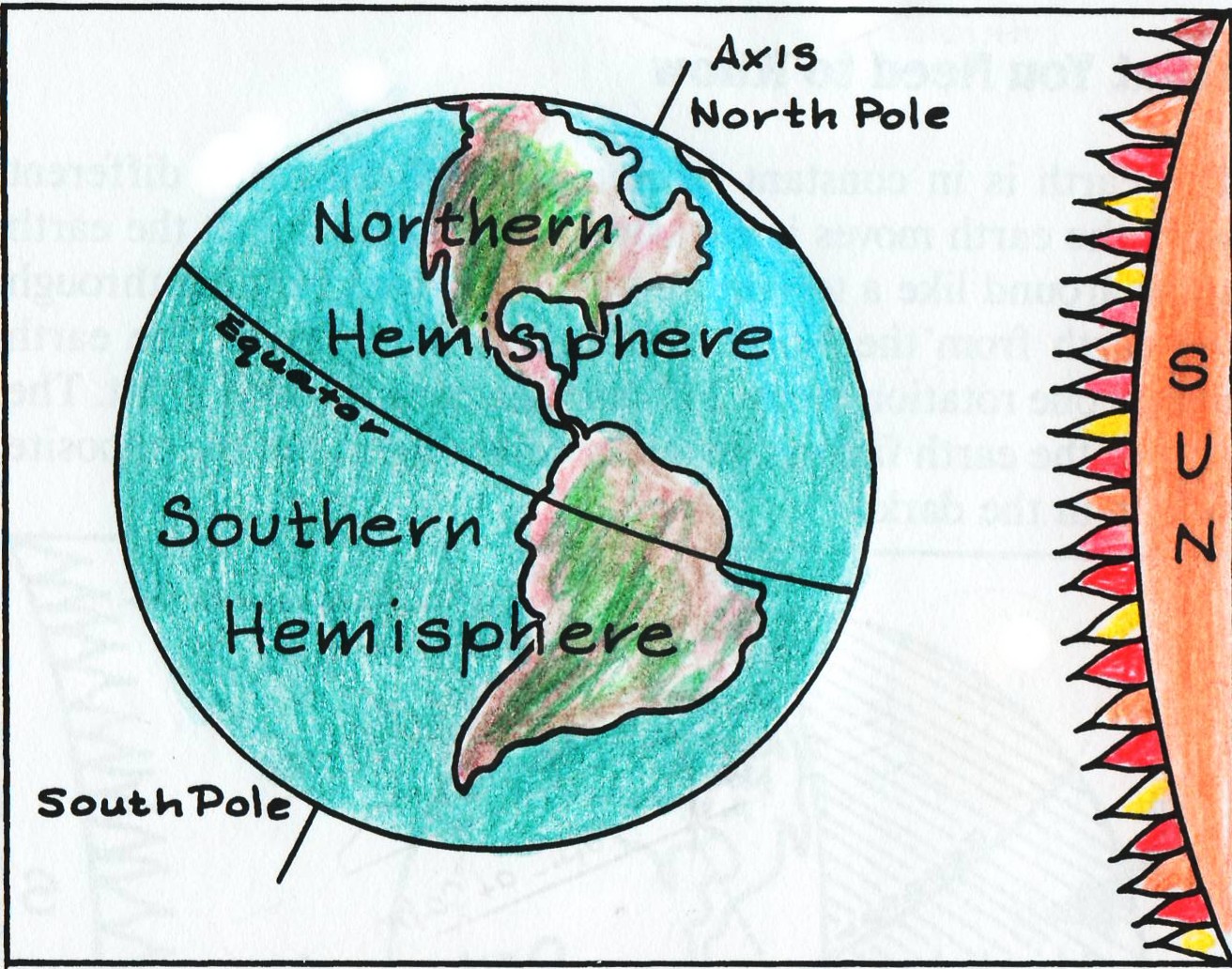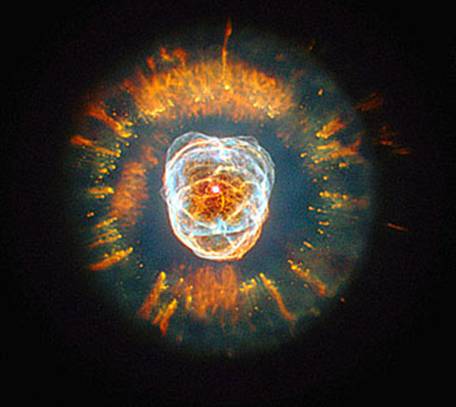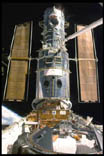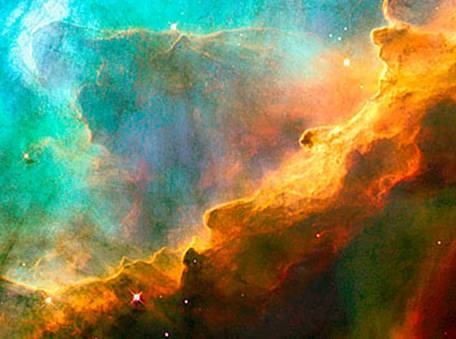Question: What does earthshine mean? Answer: The photo of the Moon shows a lighted crescent shape plus what looks like a shadow that covers the dark part of the Moon that faces Earth. The shadow area of the Moon is visible because of the faint light from the Sun that is reflected from the Earth, […]
Chemistry: Solutions
Notes from Janice’s Desk When I was a kid milk was pasteurized. At the time I didn’t understand that pasteurized meant the milk was heated to kill any bacteria. In fact I never thought about the word until a new kind of milk was introduce. This new stuff was call homogenized and my parents were not […]
Jupiter’s Bruise
This colorful photo of Jupiter, the fifth planet from the Sun, was taken from the Hubble Telescope. Notice the area on the lower right side of Jupiter. This is where fragments from a comet collided into the giant planet in July 1994. This was a thrilling and a once-in-a-lifetime opportunity for scientist to watch comet […]
Longest Day
Summer solstice is the first day of summer each year and it occurs around June 21st in the Northern Hemisphere(December 21st in the Southern Hemisphere). The winter solstice is the first day of winter and occurs around December 21 in the Northern Hemisphere. (June 21 in the Southern Hemisphere). Starting at winter solstice to summer […]
Summer Solstice: Longest Day
Question: When is the longest day of daylight each year in the Northern Hemisphere? Facts: 1. The axis of the Earth (imaginary line running through Earth from top to bottom) is tilted in relation to the Sun. 2. The Earth is divided into sections by latitude lines, which circle Earth from east to west. 3. […]
Supernova
Photos Credit: NASA/ESA/STScI A supernova is a star that is very dim then suddenly it becomes very bright. In the past, novae were at first thought to be new stars. But they are not new. Instead, they are variable stars, meaning their brightness changes. It can be a star too faint to see and then […]
Nebula: Eskimo
Photos Credit: NASA/ESA/STScI A nebula is a cloud of gas and dust in space. Nebulae can be tens to hundreds of light-years across. The photo of the nebula was taken by Hubble, NASA’s space telescope. It looks much like abstract art. Its official name is Nebula NGC 2392, but it is all called “Eskimo” because […]
Hubble
The Hubble Space Telescope (HST) is a reflector telescope that orbits the Earth every 96 minutes. This “eye in the sky” moves in an orbit that is about 600 km (375 miles) above Earth. The reason that this telescope is so much better than telescopes on Earth, is that the atmosphere above it is very […]
Space Distance
Speed measures the distance traveled in a certain amount of time. Scientists use the metric system, thus the speed of light is 300,000 km per sec. This is read as three hundred kilometers per second. Try This! * Say the words “One thousand and one.” It takes about one second to say these words. During […]
Sun Shadows
Astronomy Project Ideas About Shadows Facts about Sun Shadows Because of the rotation of the Earth, the Sun appears to move across the sky from east to west. In the morning when the Sun rises above the eastern horizon, it is at a low altitude (height above the horizon), shadows are long. Sunrise is when […]
- « Previous Page
- 1
- …
- 3
- 4
- 5

